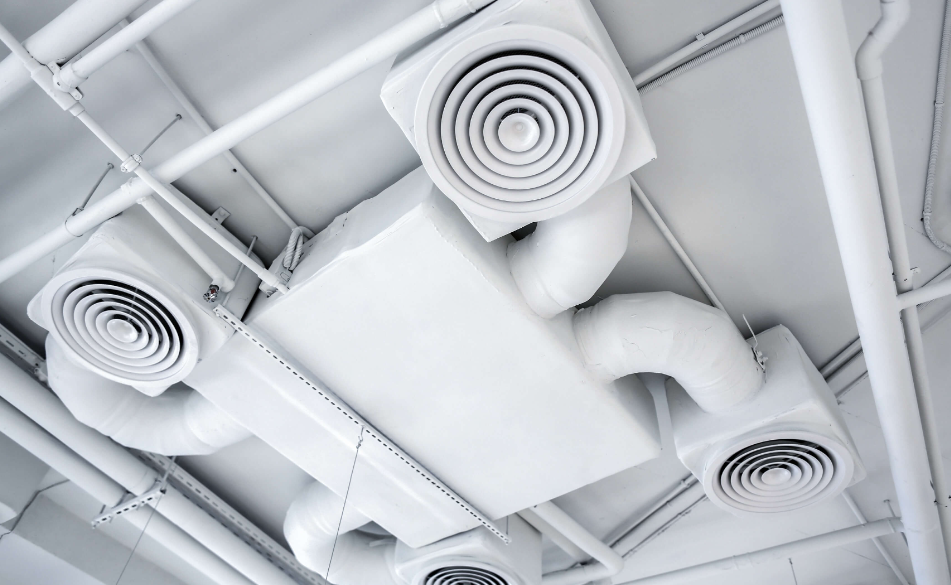Investing wisely is essential when looking for ventilation systems in NZ. When your roof is well-ventilated, it allows fresh air to circulate, preventing the buildup of moisture and helping regulate the indoor temperature. However, even the most thoughtfully designed ventilation systems can become ineffective if installation mistakes occur.
So, let’s delve into some common errors made during roof ventilation installations and explore practical tips to ensure optimal efficiency.
Mixing Different Types of Ventilation
When ridge vents and gable vents are mixed, it can disrupt the airflow pattern, leading to inefficient ventilation. To avoid this, stick to one type of ventilation that suits your roofing design, and ensure proper installation to maintain a consistent flow of air throughout your attic space.
Incorrect Vent Hole Size
Cutting the wrong-sized hole for the vent is a major misstep that significantly affects ventilation efficiency. To maximize the vents’ potential, it’s essential to follow the manufacturer’s installation requirements. Take accurate measurements and make necessary adjustments to ensure proper airflow and prevent potential air leaks.
Inadequate Ventilation Planning
Poor planning can lead to insufficient airflow throughout the entire roof space, causing hotspots and moisture buildup. To ensure all areas receive proper airflow, calculate the required amount of ventilation based on your roof area and pitch.

Blocked Intake Vents
One of the simplest yet most damaging mistakes is obstructing intake vents. When intake vents are blocked, fresh air struggles to enter the attic, disrupting the entire ventilation system. Regularly inspect and clear any debris or obstructions to maintain optimal airflow and prevent issues like mould growth.
Insufficient Roof Ventilation
Failing to prioritize sufficient ventilation during roof installation is a grave mistake. Proper airflow is essential for temperature regulation and reducing excess moisture, which can lead to rot and deterioration. Ensure your roofing contractor adheres to industry standards for roof ventilation to enjoy a comfortable and long-lasting home.
Improper Placement of Roof Vents
The incorrect placement of roof vents can significantly impact ventilation efficiency. If vents are too close to the roof ridge or in the wrong locations, the natural airflow path gets disrupted. When positioning vents, consider your roof design and local climate conditions to ensure optimal ventilation performance.
Conclusion
Avoiding installation mistakes is crucial for the effectiveness and longevity of your roof ventilation systems in NZ. Remember to refrain from these errors, and err on the side of professional installation.
By addressing these issues during installation, you can ensure optimal ventilation performance, leading to a healthier, more comfortable, and more energy-efficient home.

